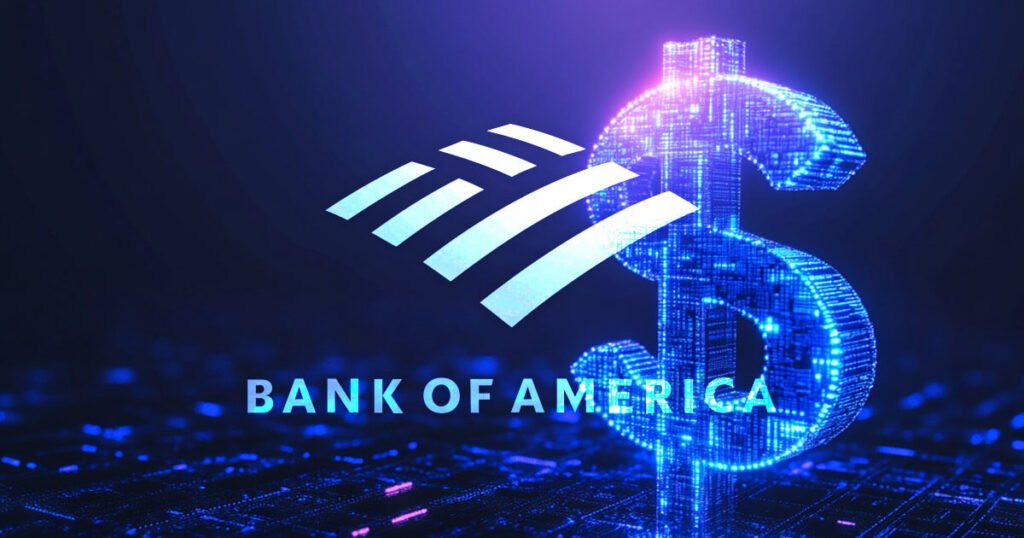Bank of America and the Future of Stablecoins: Insights and Developments
Introduction
In the rapidly evolving landscape of digital finance, major players are taking significant steps towards adopting stablecoins. Brian Moynihan, CEO of Bank of America, has confirmed that the institution plans to issue a dollar-pegged stablecoin, emphasizing that the initiative is still in the developmental stages and contingent upon federal regulations. This strategic move highlights the growing interest among financial institutions in the tokenization of assets and the establishment of a robust regulatory framework.
Bank of America’s Strategic Planning
Moynihan’s recent remarks illustrate Bank of America’s intent to stay competitive in the finance sector by exploring the potential of stablecoins. He emphasizes the need to remain prepared, even as market demand remains unclear. The CEO pointed out that U.S. lawmakers are considering legislation that would define a clear regulatory landscape for stablecoins. This bill aims to create uniform standards related to reserve quality, redemption processes, and disclosures, essential for the safe adoption of these digital assets.
Global Trends: Societe Generale’s USD CoinVertible
Across the Atlantic, European financial institutions are also making strides in the stablecoin sector. Societe Generale-FORGE recently launched the USD CoinVertible, a dollar-backed token compliant with the EU’s Markets in Crypto-Assets framework. This launch followed the introduction of a euro version earlier in 2023. By partnering with BNY Mellon as its reserve custodian and publishing daily collateral reports, Societe Generale is setting a precedent for transparency in stablecoin operations.
Legislative Developments: The GENIUS Act
On June 11, the U.S. Senate voted to advance the GENIUS Act, a legislative effort aimed at establishing a clear framework for digital currencies. With a majority vote of 68-30, the bill seeks to ensure that all payment stablecoins maintain a one-to-one backing with high-quality liquid assets, such as short-dated U.S. Treasuries or insured deposits. This legislative clarity is crucial for banks like Bank of America to move forward confidently in their stablecoin ventures.
Implications for Financial Institutions
With the GENIUS Act proposing stringent regulations, financial institutions will have to adapt to these new guidelines before launching stablecoin initiatives. Moynihan’s comments reflect a broader understanding within banks that regulatory clarity is essential for exploring potential business models related to digital currencies. Institutions like Bank of America are increasingly invested in both technology and compliance, highlighting the dual focus required to navigate this complex space.
Conclusion: The Future of Digital Currency
The continued exploration of stablecoins by major banks, underpinned by developing legislation, indicates a promising future for digital currencies within the traditional finance framework. Both Bank of America and Societe Generale are emblematic of a shifting landscape where established financial entities are recognizing the importance of innovation in maintaining competitiveness. As the regulatory environment solidifies, it will pave the way for broader adoption and integration of stablecoins, reshaping the financial services industry for years to come.
This article provides a comprehensive overview of the recent developments in the stablecoin sector, focusing specifically on the initiatives by Bank of America and Societe Generale, as well as the importance of regulatory clarity through the GENIUS Act. By addressing these critical aspects, the piece aims to inform and engage readers interested in the evolution of digital finance.


